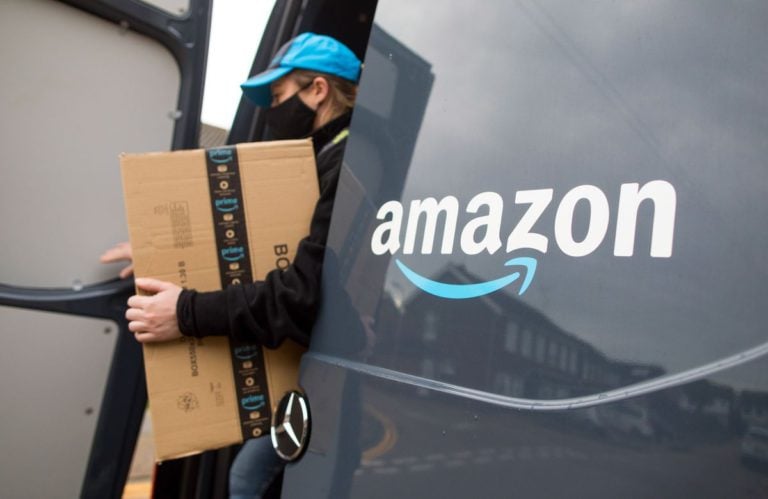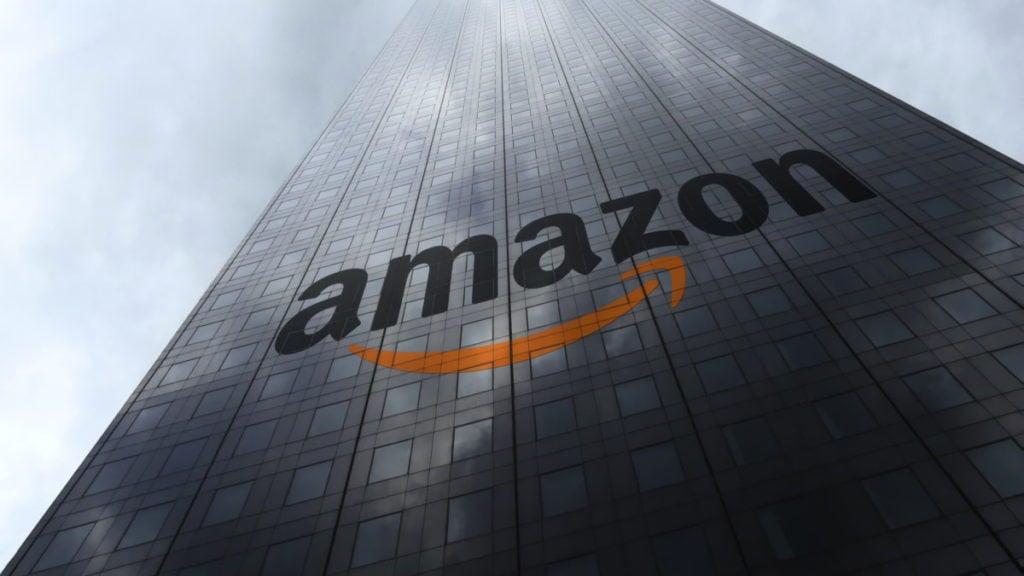Amazon is a US-based technology company. It is currently the largest online retailer in the world in terms of revenue and market cap.
- Diversification and structure: specific Amazon product strategies in the conglomerate structure
- M&A: Helping Amazon Expansion Through Strategic Acquisitions
- Localization and Internationalization: Maintaining a Global Presence as a Critical Amazon Business Strategy
- The Value Chain: Owning, Integrating, and Managing Various Aspects of the Amazon Value Chain
- Research and Development: Using Technology to Gain a Competitive Advantage and Develop New Products
The company has also moved beyond the structure of e-commerce to become a comprehensive retail and technology conglomerate.
Diversification and structure: specific Amazon product strategies in the conglomerate structure
Remember that the company started out as an online bookstore. As part of a specific strategy, it later diversified into sales of various products, including clothing, home and office items, consumer electronics, software and video games, and other multimedia content such as music, video and audio books.
Amazon has delved into various lines of business to expand the range of products and services it sells. In addition to the Amazon.com online store, which allows individuals and small retailers to sell products online, the company also owns and operates retail stores such as the US organic supermarket chain Whole Foods Market and a semi-automated grocery store. Amazon Go store.
The company also produces and sells multimedia content through various platforms such as Auidble.com and Amazon Prime.
Among the subsidiaries and range of products or services offered by Amazon, the most notable is Amazon Web Services. This subsidiary is the largest provider of cloud infrastructure in the world. Amazon Web Services generates 30% of all Amazon revenue, thus outperforming Amazon.com and other subsidiaries.
M&A: Helping Amazon Expansion Through Strategic Acquisitions
Another aspect of Amazon’s business strategy is focused on mergers and acquisitions. Acquisition of different companies was the main factor in the implementation of the diversification strategy. However, there are more specific reasons or motivations for this activity.

Through mergers and acquisitions, the company diversified and thus explored new markets and segments. The acquisition of Whole Foods Market in 2017 allowed Amazon to enter the traditional US retail market and thus compete with other retail giants such as Walmart. In addition, the acquisition of sites such as Audible.com, IMDB Twitch, and Goodreads expanded the Amazon market beyond online shoppers.
Amazon’s M&A diversification strategy is in line with its horizontal integration strategy. By acquiring similar companies, Amazon has horizontally integrated a broader market of Internet users. Amazon has also managed to integrate various aspects of the US retail market when it has acquired other retailers such as Whole Foods Market, Zappos and Shopbop, etc. The goal of a horizontal integration strategy is to increase market share. Amazon also demonstrated this goal by acquiring Souq.com in an attempt to improve its presence in the Middle East and thwart the expansion of competitors such as China’s Alibaba Group and India’s Flipkart Pvt. Ltd.
On the other hand, the purpose of vertical integration is to build capacity and share resources. Amazon has entered into other M&A deals to improve its value chain. For example, the company acquired Kiva Systems, which later became Amazon Robotics, to have in-house manufacturing and service capabilities for its mobile robotic execution systems. The company also acquired Elemental Technologies to integrate proprietary technology into its Amazon Web Services. The acquisition of Israel-based Annapurna Labs marked Amazon’s attempt to develop its own semiconductor manufacturing capabilities.
Localization and Internationalization: Maintaining a Global Presence as a Critical Amazon Business Strategy
Expanding and maintaining a global presence is also an important factor in Amazon’s business strategy. The Amazon.com online store competes with other online stores in different regions of the world, such as the Chinese technology giant Alibaba Group, which also owns the Southeast Asian e-commerce company Lazada Group, India-based Flipkart and Infibeam, and of course the American multinational Internet company eBay.
Amazon has developed and implemented many strategies that revolve around localization and internationalization. Amazon has also localized its Amazon.com storefront by purchasing and registering top-level domain names, which has enabled it to maintain multi-country and language versions of sites in multiple countries such as China, Japan, and Singapore, as well as the United Kingdom, Spain, the Netherlands, Mexico. and Brazil.
There were attempts to enter the Southeast Asian market, but the company was unable to compete with Alibaba Group and other local e-commerce companies. However, in order to compensate for the lack of presence in other regional markets, the company offers international shipments of selected products to specific countries outside its area of activity.
As for the Amazon Web Services subsidiary, cloud computing services have a global market reach due to their online-enabled operations. To ensure broad coverage and reduce the risk of downtime, Amazon has organized operations in key regions around the world, including North America, South America, the EMEA region, which includes Europe and the Middle East, and Asia and the Pacific.
The Value Chain: Owning, Integrating, and Managing Various Aspects of the Amazon Value Chain
Amazon owns and operates a large part of its value chain. For example, the company has its own fulfillment and warehousing centers in North America, Europe, the Middle East, and Asia Pacific. These centers are responsible for unpacking and checking incoming products, storing and recording goods, sorting and packing orders, and delivering products to customers.

Amazon has the ability to manufacture and support its own mobile robotic execution systems through its Amazon Robotics subsidiary. Amazon also has its own software development centers, most of which are located in their subsidiary A2Z Development, as well as customer service centers.
The company also owns Amazon Maritime Inc., which allows it to manage shipments from China to the US. As part of its Beijing Century Joyo Courier Services, the company is also expanding its air freight or freight forwarding capacity. However, what these capabilities and subsidiaries mean is that the company has integrated and controlled critical processes in the operation of its Amazon.com store.
Amazon has an extensive information technology infrastructure that powers not only its Amazon web services, but also its affiliated online stores and other online services such as Audible.com, Goodreads, ComiXology, and Twitch.
Research and Development: Using Technology to Gain a Competitive Advantage and Develop New Products
The arrival of Alexa marks Amazon’s entry into the AI and machine learning business, thus competing with other technology giants such as Apple Inc., Google LLC and Microsoft Corporation, and demonstrating its commitment to current market trends. Alexa is a virtual assistant used to control smart devices and to implement a home automation system.














